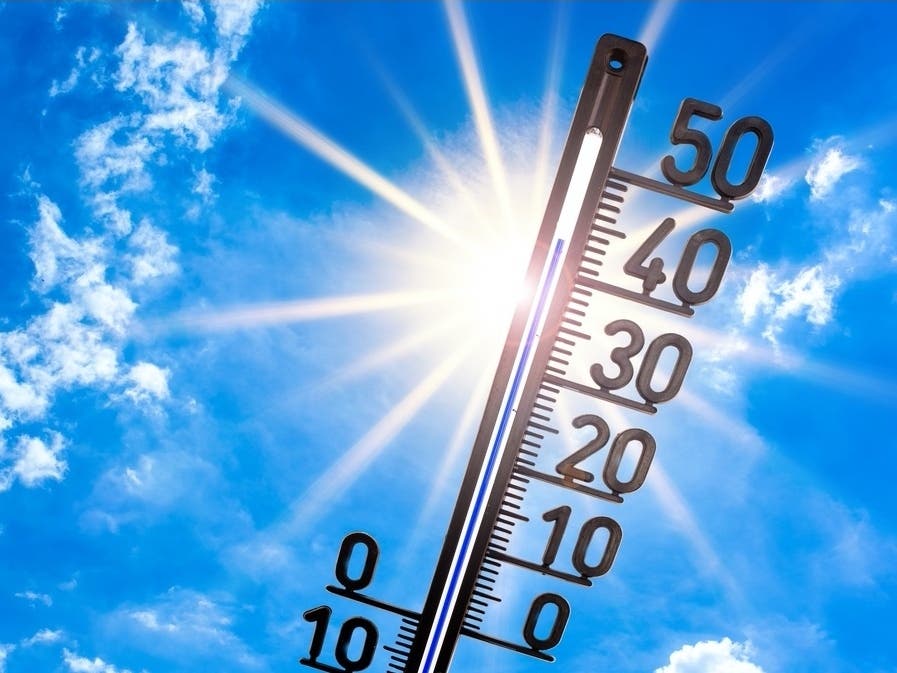Weather
Summer Is Getting Hotter And Longer In Maryland, Analysis Shows
Many parts of the United States have seen increased temperatures over the past few years, including Maryland, according to AccuWeather.

MARYLAND — It doesn’t just feel as if summers weather lasts longer and feels hotter than it used to in Maryland. Federal climate data, assembled in a new study by the nonprofit research group Climate Central, backs that up.
We’re officially three weeks into summer 2022, but we’ve already experienced hotter-than-normal temperatures in many parts of the country, according to the private weather company AccuWeather.
Marylanders can expect temperatures in the high 80s and low 90s for the next week, the National Weather Service said.
Find out what's happening in Across Marylandwith free, real-time updates from Patch.
On average, temperatures in the Eastern region, which includes Maryland, increased 1.5 degrees Fahrenheit 2017-2021, compared to 1971-2000, according to a Climate Central study, The Washington Post reported.
The outlook going forward isn’t good. Overall, federal agencies project more dangerously hot days, a worsening of drought conditions, more wildfires and more hurricanes.
Find out what's happening in Across Marylandwith free, real-time updates from Patch.
The effects of climate change are most sharply felt in the West.
Reno, Nevada, where summer temperatures have increased 10.9 degrees F., on average, since 1970, is the fastest-warming city in the country during the hottest months, according to the Climate Central study.
The increasing temperatures can cause heat emergencies that increase hospitalizations. Heat-related illnesses are among the deadliest weather-related illnesses in the United States.
Geographic tolerance for heat is among the factors considered by researchers studying heat-related hospitalizations for a 2019 study. They found heat-related hospitalizations begin at lower heat indices in cooler regions than in the South and Southeast.
For example, heat-related hospitalizations begin with heat indices around 105 degrees F. in Texas, but 81 degrees F. in the Pacific Northwest.
The Washington, D.C. metro area saw 5 more days of extreme heat in 2020 than it did in 1979— that is, days with a heat index of 90 degrees F. or hotter.
When it’s that hot, the risk of heat-related illnesses such as heat stroke, muscle cramps or heat exhaustion increases, according to the National Oceanic and Atmospheric Administration. The Climate Central analysis found the 25 cities with the biggest increase in dangerously hot days are found in Texas and the Southeast. All of those cities are seeing two additional weeks of extremely hot days, compared to 1970.
Climate Central looked at historic data from 246 U.S. locations to calculate the increase in extremely hot days from 1970-2021. The analysis found:
- Since 1970, 74 percent (184) reported more extremely hot days annually.
- About 51 percent (126) had at least seven additional extremely hot days annually.
- The largest change was in Austin, Texas, with 43 additional days above 100 degrees F.
Get more local news delivered straight to your inbox. Sign up for free Patch newsletters and alerts.